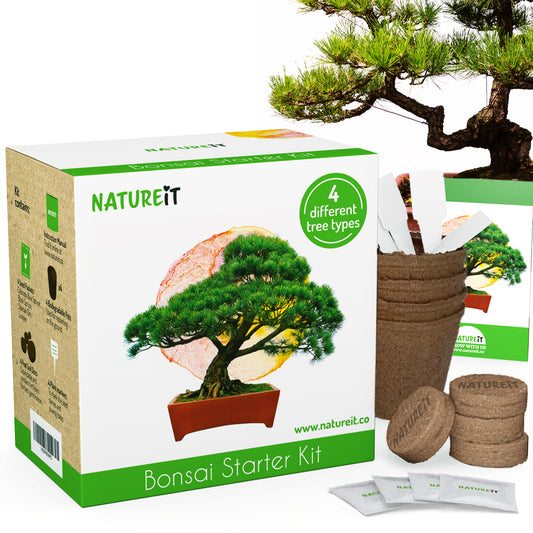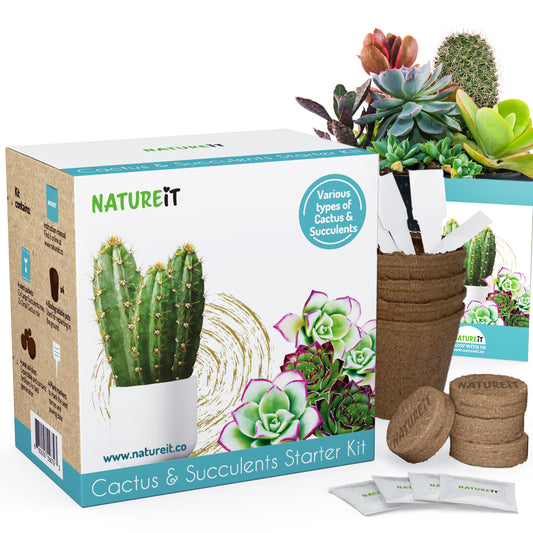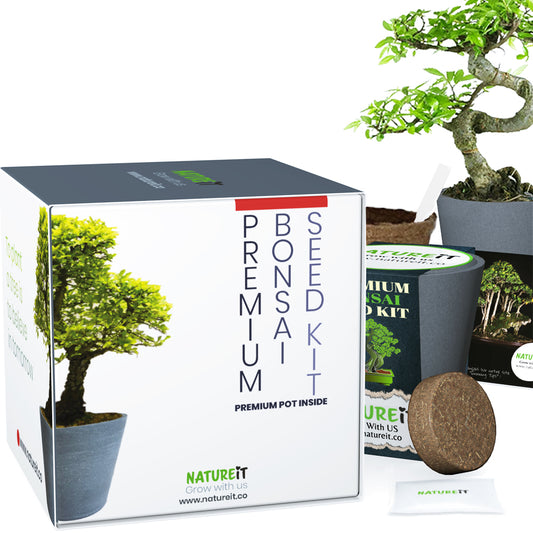One of the most important aspects of the traditional look of a Bonsai tree is its root flare - or as it's called in Japanese - Nebari. The root flare is the surface roots that provides that visual balance we know so well when looking at a beautifully designed Bonsai tree.

In this article we will discuss the two basic methods that are used to create the Nebari-
- Regularly pruning downward growing roots.
- Air layering propagation - which can be done by 2 common techniques:
Creating a proper Nebari

Whether if roots are starting to come up to the surface or if you need to change to some fresh soil, whenever it is time to re-pot your Bonsai tree, this is the time to remove large vertically growing roots and fan out roots from the root base. This will stimulate new, thicker and healthier roots to grow and over time will create a natural looking Bonsai root flare.
Air layering techniques

The tourniquet method
It's best to use this method at the beginning of growing season, around spring. In this method, in order to create root flare you will need to tightly wrap a copper wire around the base of the trunk. This will partially block and decrease the natural flow of nutrients from the roots up, and as the root will grow thicker, it will also force new roots growth from above the wire.
The ring method
The ring method might be slightly more advanced, just because it involves damaging the tree's bark and trunk and therefore might harm the tree if not done correctly. You should also be able to reach faster results by using this method, so don't be alarmed or nervous to try this. It is a great technique to master, and practice makes perfect, so give it a shot!
In this method you will need to damage the tree's bark in order to stimulate new roots growth. Use a sharp knife to make two parallel cuts around the tree's circumference. The space between the two cuts should be at least the size of the diameter of the trunk. Gently start removing the ring of bark between the two cuts by slowly carving the trunk until you see the bright hardwood. If the wound you just created won't be big enough the tree will easily heal and you won't get the result of growing new roots, so don't be afraid to make a wide enough space between the cuts, and make sure you reach the hardwood and not just making small surface cuts.
Once done exposing the hardwood, it's recommended to sprinkle the exposed area with rooting hormones that can be found in gardening shops (usually the ones specializing in Bonsai trees) and cover it with Sphagnum moss and wrap it well with plastic paper.
Happy Growing!





